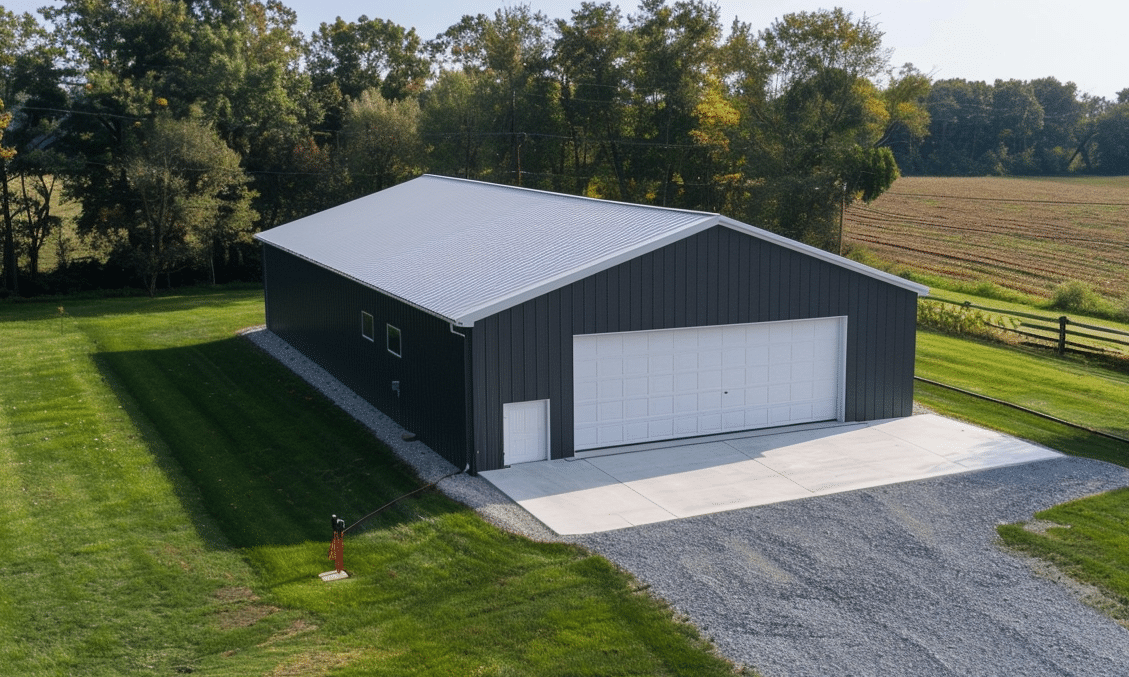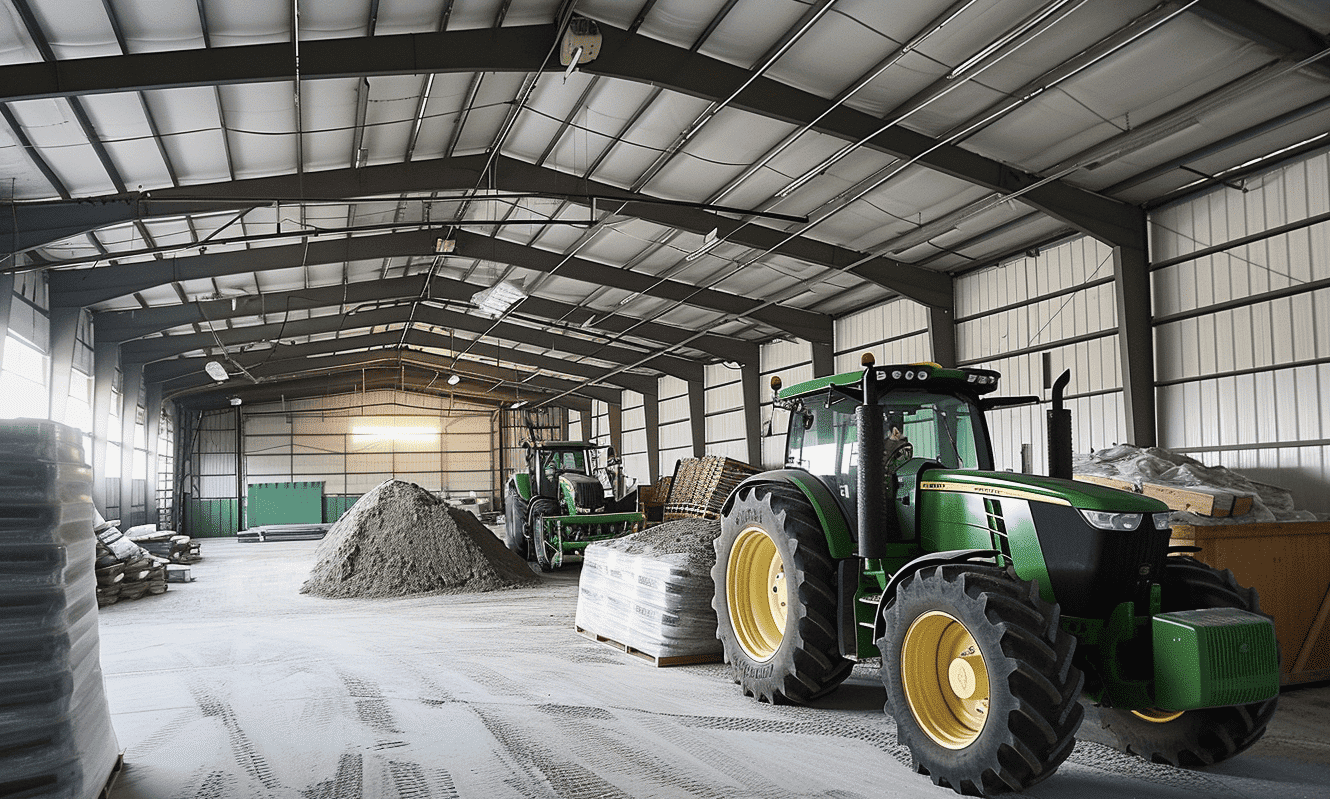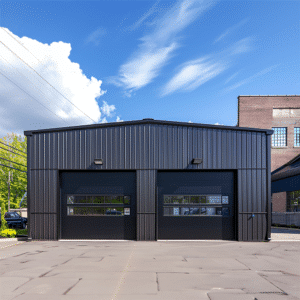When embarking on a new building project, one of the most crucial decisions you need to make is selecting the building materials. Have you ever walked into a construction site and marveled at the variety of materials used? As diverse as the fabric of our cities, the choice of materials can spell the difference between a mere structure and a masterpiece that stands the test of time. But with so many options available, how do you choose the right building materials for your project? Let’s dive into some considerations that will guide you through this crucial phase of your development process.
Understanding Your Project’s Needs
Before even delving into the market of building materials, you need to have a clear understanding of what your project entails. Is it a towering skyscraper in downtown Toronto or a cosy countryside home in Ontario? The requirements of your project define the functions that your chosen materials must fulfill. For instance, projects in regions prone to heavy snowfall might prioritize insulation and durability, while sunny, coastal areas may focus on corrosion resistance and UV protection.
Each project is unique, and Your Building Team can help tailor your building material selection based on location, architectural design, and intended use.
Consider Your Budget
Budgeting is undeniably one of the biggest constraints when selecting building materials. It’s tempting to choose the most luxurious materials, but it’s crucial to balance cost against value. Analyze the upfront costs and compare them with the long-term benefits they provide, such as reduced maintenance or energy efficiency. For example, while wood may offer a certain aesthetic appeal, steel frames may provide superior strength and longevity, as highlighted in the offering of Steel Building Supply.
Durability and Longevity
Durability refers to how well a material can withstand environmental stresses. Whether you’re dealing with moisture, temperature fluctuations, or physical wear, you should always prioritize materials that promise longevity. The materials you choose must not only support the structure but also maintain its integrity under adverse conditions. Consider doing a comparative analysis of different materials, such as concrete versus steel, and explore the types of foundations in construction that best suit your building material choice.
Environmental Impact
In today’s world, sustainability can’t be an afterthought—it must be central to any building initiative. Consider choosing materials that have a minimal environmental impact, such as those that are recycled or naturally sourced. Assess the lifecycle of the materials, from extraction and production to disposal. Materials such as bamboo, recycled metal, and responsibly sourced wood are great for reducing your project’s carbon footprint.
Future-Proof with Steel
Steel, with its formidable strength, recyclability, and versatility, is increasingly becoming a go-to choice for eco-conscious builders. Leveraging metal building packages Ontario, you can future-proof your project against environmental challenges while keeping sustainability at the forefront.

Technical Compatibility
The materials you choose must seamlessly integrate with your project’s design and technology. When fitting mechanical and electrical systems, material incompatibilities can wreak havoc on timelines and costs. Consult with your architectural team to ensure that the materials can bear the loads and stresses dictated by the design. Whether installing HVAC systems or implementing smart technology, every component should complement your materials.
Aesthetic Appeal
While functionality and durability top the list, aesthetics shouldn’t be left on the backburner. The materials you choose will dictate the look and feel of your project and by extension, user satisfaction. From the minimalist lines of glass and steel to the authentic charm of reclaimed wood, the visual narrative of your building should reflect its purpose and appeal to its intended audience. Browse BuildDirect to explore a range of materials that fit your aesthetic vision.
Local Availability
Last but not least, consider the sourcing and availability of materials. Locally sourced materials not only reduce shipping costs but also support community businesses, and minimize your project’s carbon footprint. On the contrary, materials sourced from afar might suffer shipping delays and quality inconsistencies—time and expense you’ll wish you could have saved.
The Role of Experts
Even the most seasoned builders consult experts when tackling large-scale projects. Whether you need help with complex engineering challenges or sourcing eco-friendly materials, industry experts provide the knowledge that can save you both time and money. Reputable firms like Your Building Team can provide specialized guidance to streamline your building process.

Conclusion
Selecting the right building materials for your project isn’t a task to be taken lightly. It involves a careful balance of variables ranging from functionality to aesthetics, sustainability to cost, and even local availability. Each decision you make influences not just the physical structure, but also its environmental impact and life span. By approaching your project with a clear understanding of these factors, you’ll be well-equipped to create a lasting, impactful, and environmentally responsible building. Think of it as solving a complex puzzle—every piece matters. Choose wisely, and you’ll be proud to watch your vision become reality.










